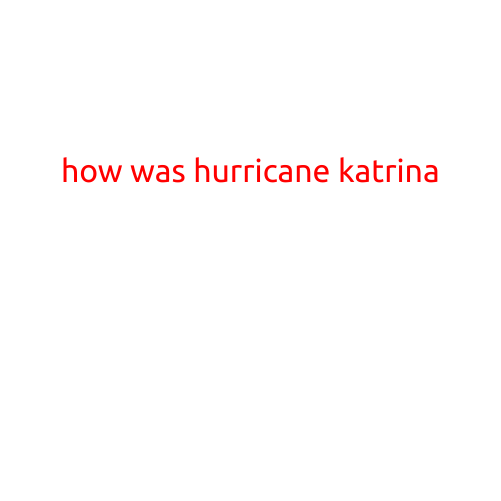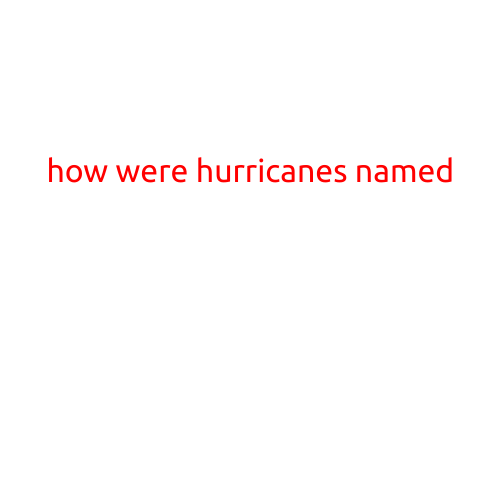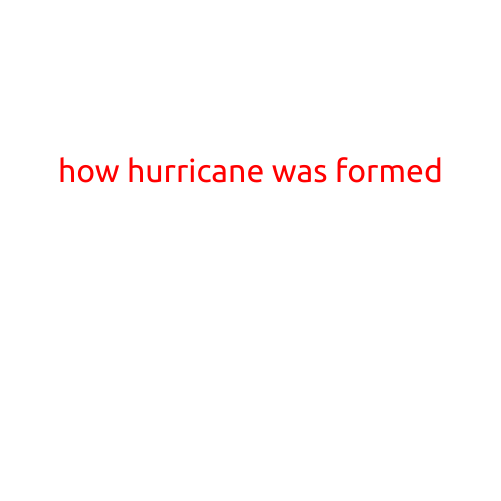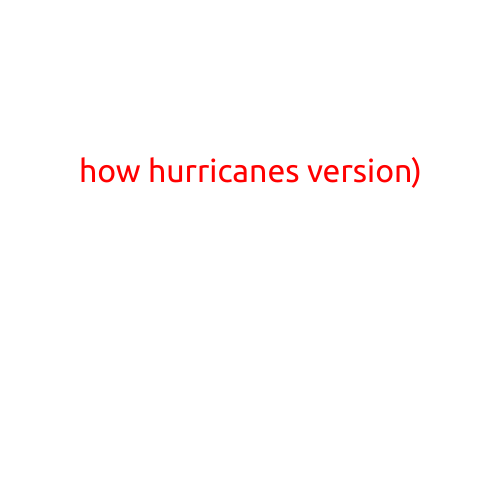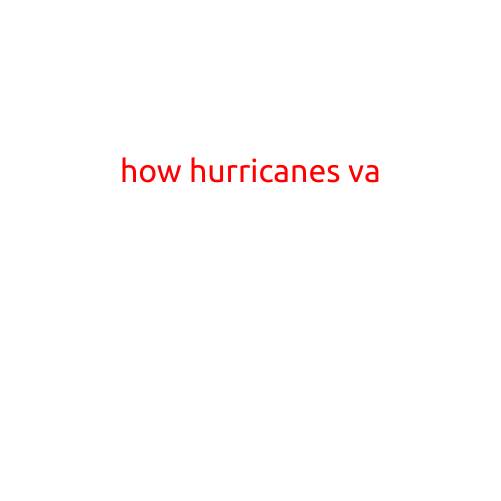
How was Hurricane HILARY?
A Look Back at the Devastating Storm that Hit Central America
Hurricane HILARY, a category 5 hurricane, struck the shores of Central America in September 2022, bringing with it widespread destruction and chaos. The storm made landfall in Honduras, before moving westward across the region, affecting multiple countries and leaving a trail of devastation in its wake.
The Storm’s Formation
Hurricane HILARY formed in the Pacific Ocean, approximately 500 miles southwest of Mexico, on September 10, 2022. The storm began as a tropical depression, but quickly intensified into a tropical storm over the course of several days. By September 14, HILARY had reached hurricane strength, and by September 16, it had become a category 5 hurricane, packing winds of over 160mph.
Impact on Central America
As HILARY made landfall in Honduras, the storm brought with it powerful winds, torrential rains, and a significant storm surge. The city of Tegucigalpa, the capital of Honduras, was particularly hard hit, with reports of widespread damage and flooding. The city’s airport was also severely damaged, with multiple buildings destroyed or severely damaged.
The storm then moved westward, affecting Guatemala, El Salvador, and Nicaragua. In Guatemala, the storm caused significant landslides and flooding, particularly in the departments of Quetzaltenango and San Marcos. In El Salvador, the storm caused widespread power outages and flooding, particularly in the capital city of San Salvador.
Death and Destruction
According to official reports, at least 20 people were killed as a result of Hurricane HILARY, with dozens more reported missing. The storm left thousands of people homeless, with many more displaced. The total damage caused by the storm is estimated to be in the billions of dollars.
Humanitarian Response
In the aftermath of the storm, international aid poured in to help with relief efforts. The United Nations, the Red Cross, and other humanitarian organizations worked together to provide food, shelter, and medical care to those affected by the storm. Local governments and organizations also played a significant role in response efforts, with many working to clear debris, repair infrastructure, and provide critical services to affected communities.
Conclusion
Hurricane HILARY was a devastating storm that caused significant destruction and loss of life in Central America. The storm serves as a reminder of the importance of disaster preparedness and response, and the need for continued support and cooperation in the face of natural disasters. As the region works to rebuild and recover, the international community continues to mobilize support to help those affected by this catastrophic event.
